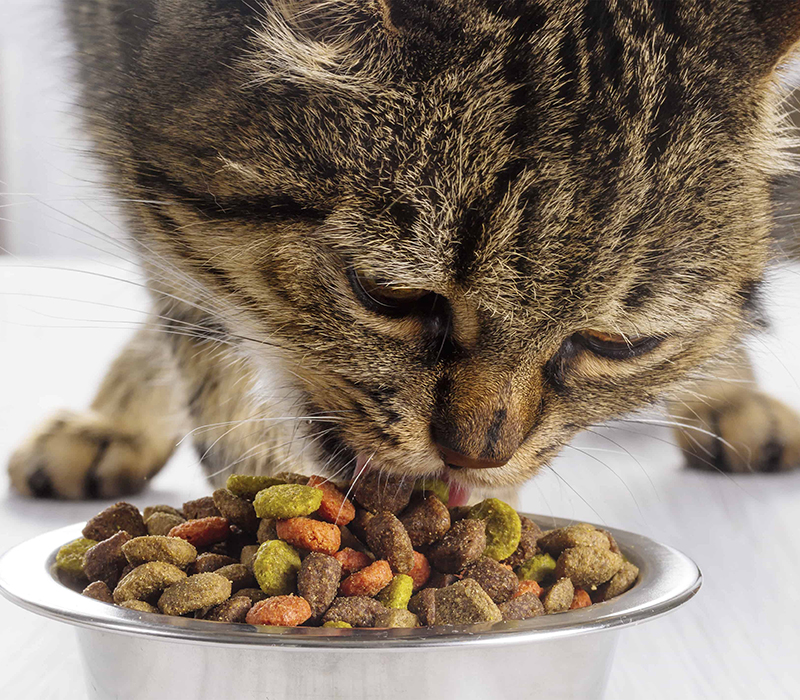Aoteng Insights
Your go-to source for the latest trends and insights.
Pawsitively Delicious: What’s Really in Your Pet’s Bowl?
Discover the shocking truth about what's in your pet's bowl and ensure your furry friend gets the nutrition they deserve!
Understanding Pet Food Labels: What Do They Really Mean?
Understanding pet food labels is crucial for making informed decisions about your furry friend's diet. The first thing to consider is the ingredient list, which is typically ordered by weight. Ingredients high in the list are more prevalent in the product, such as protein sources like chicken or beef. Additionally, keep an eye out for terms like 'by-products,' which can denote leftover parts of the animal that may not offer the best nutritional value. It's also worth noting that terms such as 'natural' or 'premium' are often marketing buzzwords and do not necessarily guarantee high-quality ingredients.
Another important aspect to examine on pet food labels is the Guaranteed Analysis. This section provides a breakdown of the nutritional content, including crude protein, fat, fiber, and moisture levels. Understanding these figures can help you ensure your pet's dietary needs are being met. It’s beneficial to consult resources like the PETA Pet Food Guide for more insights on what each component means for your pet's health. Lastly, don’t forget to review the expiration date to ensure the food is fresh when you purchase it!

The Truth About Ingredients: Are You Feeding Your Pet the Best?
When it comes to pet food, understanding the ingredients can be the key to ensuring your furry friend receives the nutrition they need. Many pet owners are shocked to discover that not all brands prioritize quality in their formulations. For instance, some may rely on cheap fillers or artificial additives that could compromise your pet's health over time. To make informed choices, consider checking out resources like FDA Animal Food Safety which outlines what to look for on ingredient labels.
Additionally, you should be aware that certain ingredients, such as meat meals and by-products, can vary significantly in quality depending on their source. According to The American College of Veterinary Nutrition, high-quality protein sources are essential for your pet's overall health.
Homemade vs. Store-Bought: Which Is the Healthier Choice for Your Furry Friend?
When it comes to choosing between homemade and store-bought pet food, many pet owners find themselves at a crossroads. Homemade pet food allows for complete control over ingredients, ensuring your furry friend avoids additives, preservatives, and fillers that are often found in commercial options. According to the ASPCA, preparing your pet's meals can provide a healthier alternative tailored to their specific dietary needs, especially for pets with food sensitivities or allergies. However, it's crucial to make sure that home-prepared meals are nutritionally balanced and meet your pet's health requirements, which sometimes requires consultation with a veterinarian.
On the other hand, store-bought pet foods are designed to provide complete nutrition and typically undergo rigorous testing to ensure quality and safety. Many brands offer specialized formulas that cater to different life stages and health conditions. As noted by the American Veterinary Medical Association, it's generally more convenient to choose pre-packaged food, especially for busy pet owners. Ultimately, whether you opt for homemade or store-bought, understanding the nutritional needs of your furry friend is key to making the healthiest choice.